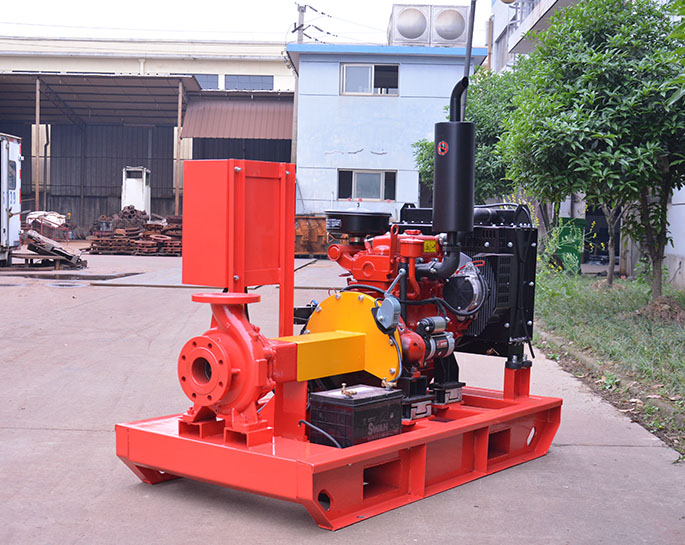What should be paid attention to when checking and accepting diesel engine fire pumps?
When checking and accepting diesel engine fire pumps, it's crucial to ensure that the pumps meet the required standards and specifications to guarantee their reliability during emergency situations. Here's what you should pay attention to during the checking and acceptance process for diesel engine fire pumps:
-
Documentation Review:
- Examine all documentation related to the fire pump system, including technical specifications, drawings, manuals, and certifications. Ensure that the system matches the specified requirements.
-
Physical Inspection:
- Conduct a thorough visual inspection of the diesel engine fire pump and its components. Check for any signs of damage, corrosion, or wear that could affect performance.
-
Compliance with Standards:
- Verify that the fire pump system complies with relevant standards and codes, such as NFPA 20 and local regulations. Ensure that the pump, engine, and all associated components meet these standards.
-
Performance Testing:
- Conduct performance tests to verify that the fire pump meets flow and pressure requirements. Run the pump under load to ensure it can deliver the necessary water volume for fire suppression.
-
Alarm and Control Systems:
- Test the alarm and control systems to ensure they are functioning properly. Check for proper activation of alarms, emergency shutdowns, and remote monitoring capabilities.
-
Fuel System and Starting:
- Inspect the fuel system for leaks and proper functionality. Test the starting system to confirm that the diesel engine starts promptly and reliably.
-
Cooling System:
- Check the cooling system for any leaks, proper circulation, and the correct temperature range. Ensure that the engine can operate within its specified temperature limits.
-
Oil and Lubrication:
- Verify that the engine's oil levels are correct and that the lubrication system is working effectively. Adequate lubrication is essential for the engine's longevity.
-
Electrical System:
- Inspect the electrical components, connections, and wiring. Test the electrical system, including control panels, sensors, and safety features.
-
Vibration and Noise Levels:
- Monitor vibration and noise levels while the diesel engine is running. Excessive vibration or unusual noise can indicate mechanical problems.
-
Exhaust System:
- Check the exhaust system for proper ventilation and compliance with safety regulations. Ensure that the exhaust gases are safely directed away from occupied areas.
-
Seal and Gasket Inspection:
- Inspect seals, gaskets, and joints for leaks. Address any issues to prevent leaks that could impact pump performance.
-
Emergency Stop and Shutdown:
- Test the emergency stop and shutdown systems to confirm that they work as intended and can quickly halt the engine in case of an emergency.
-
Training and Documentation:
- Ensure that relevant personnel receive training on the operation, maintenance, and emergency procedures for the diesel engine fire pump. Verify that proper documentation is provided, including manuals and maintenance schedules.
-
Final Acceptance Testing:
- Perform a final acceptance test that includes running the diesel engine fire pump under load for an extended period to ensure its sustained performance.
Throughout the checking and acceptance process, maintain clear communication with the manufacturer, installer, and relevant authorities to ensure that the diesel engine fire pump meets all requirements and is ready for reliable operation in fire protection scenarios.


.png)
.png)

.png)


